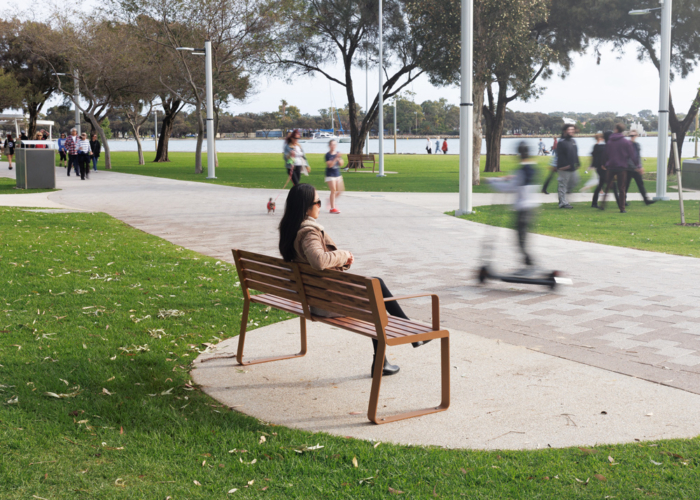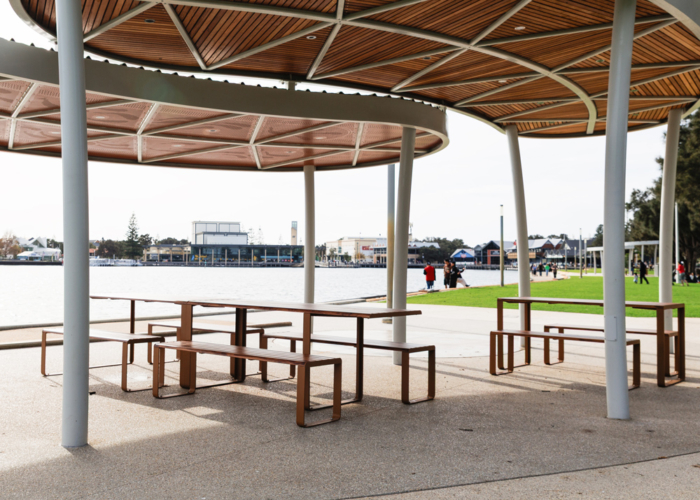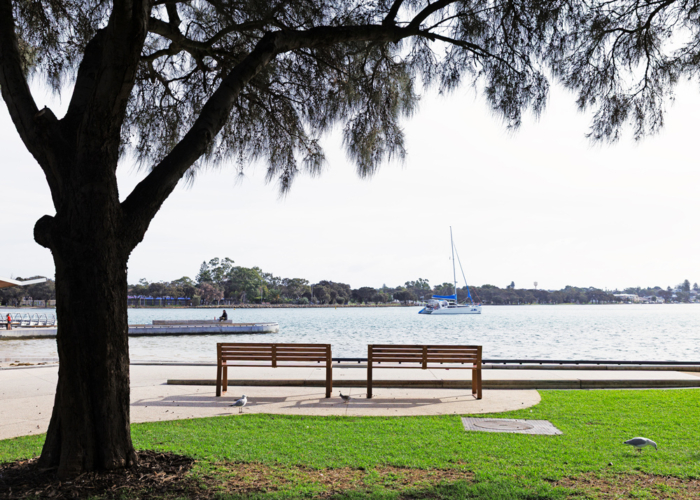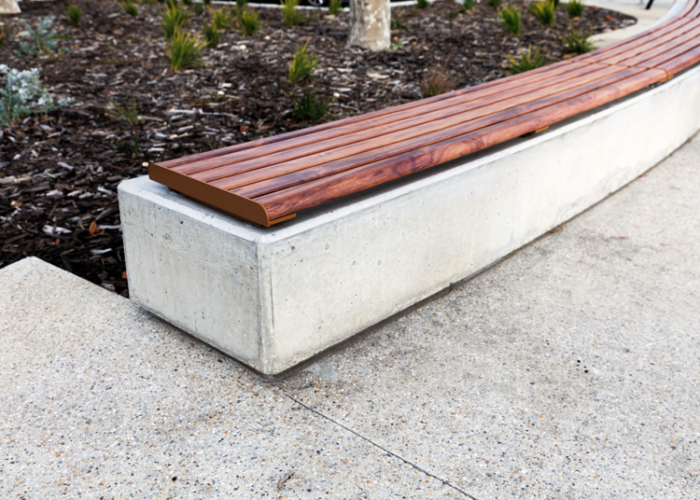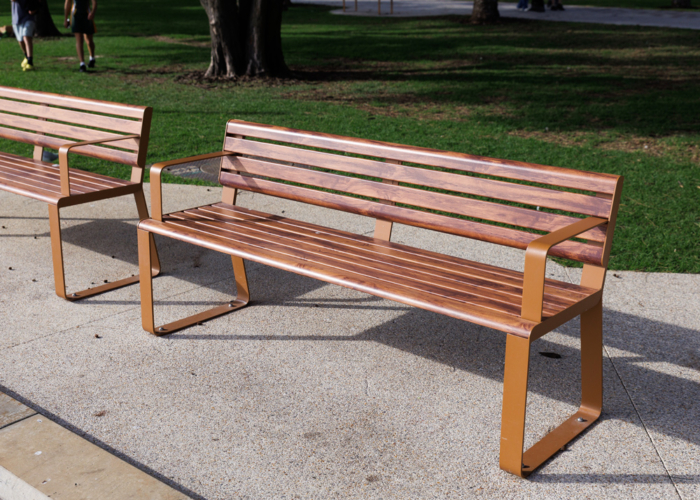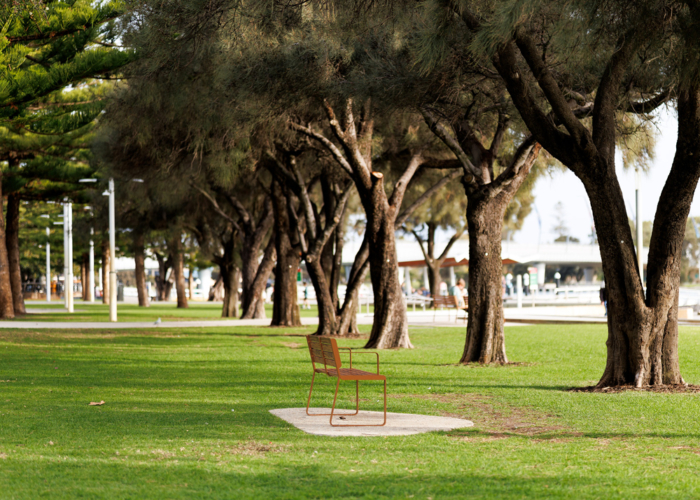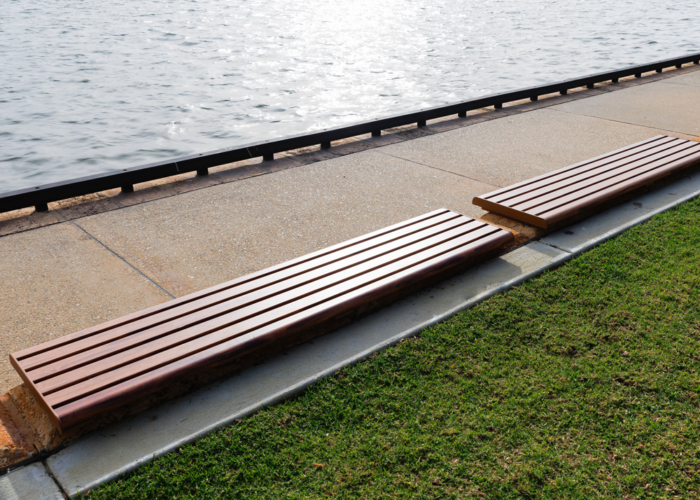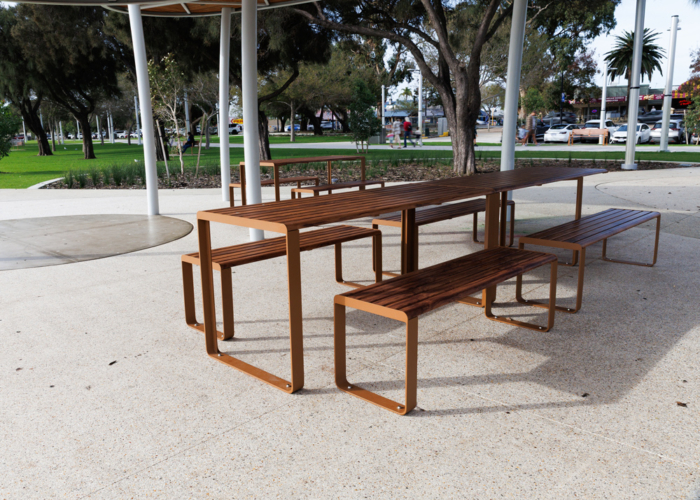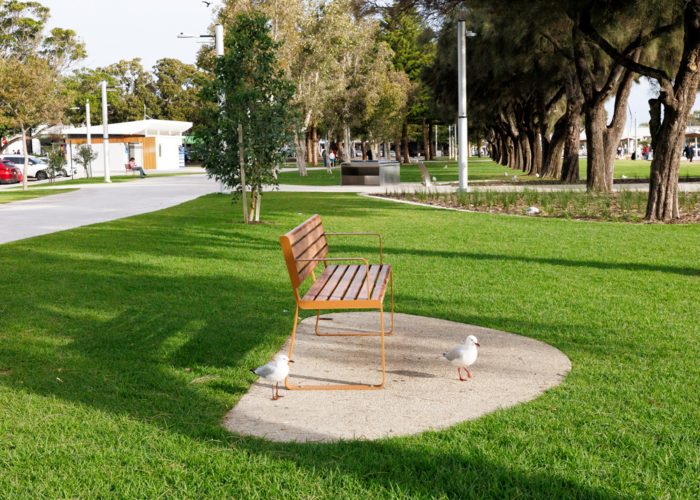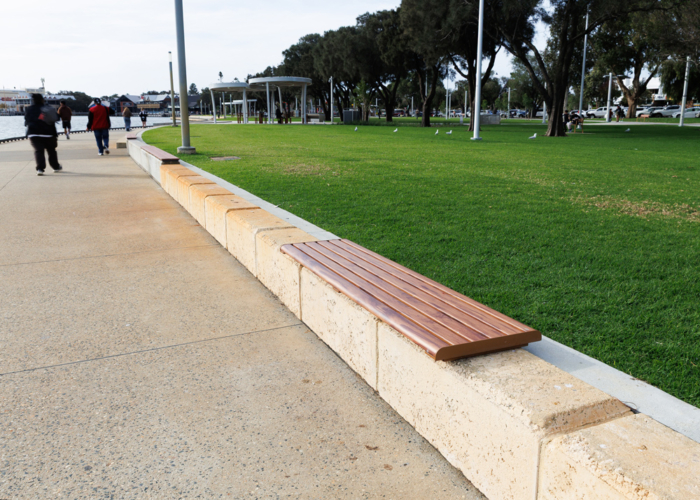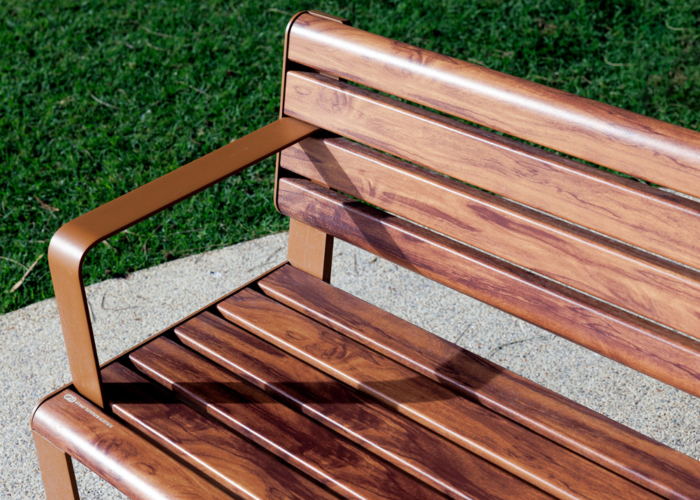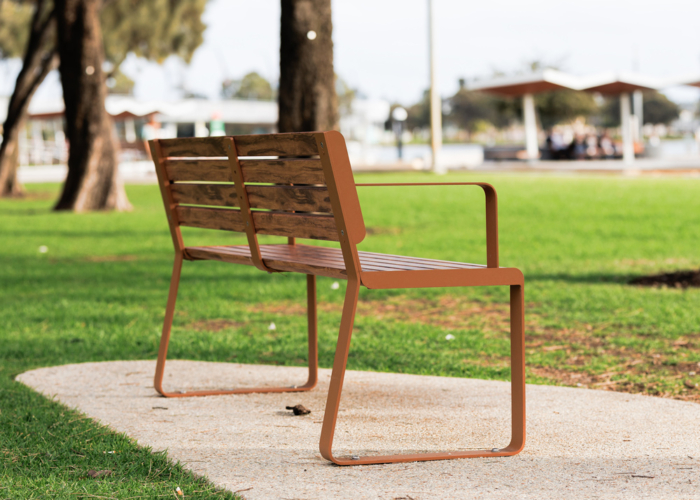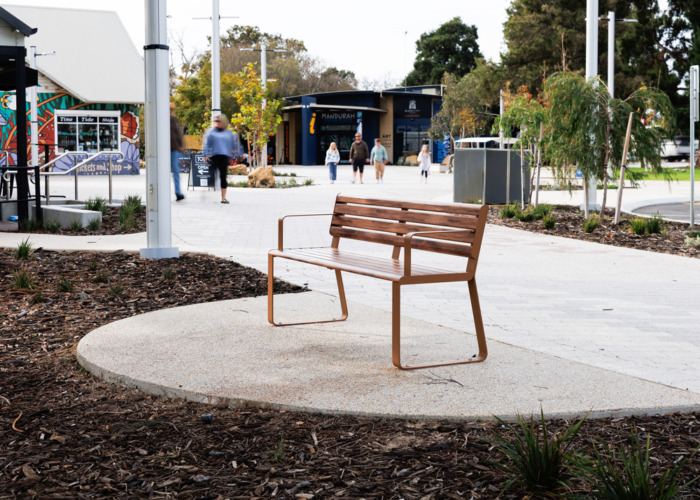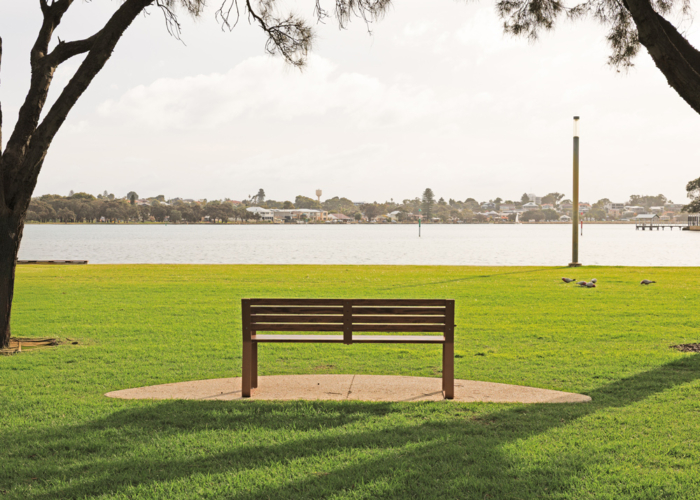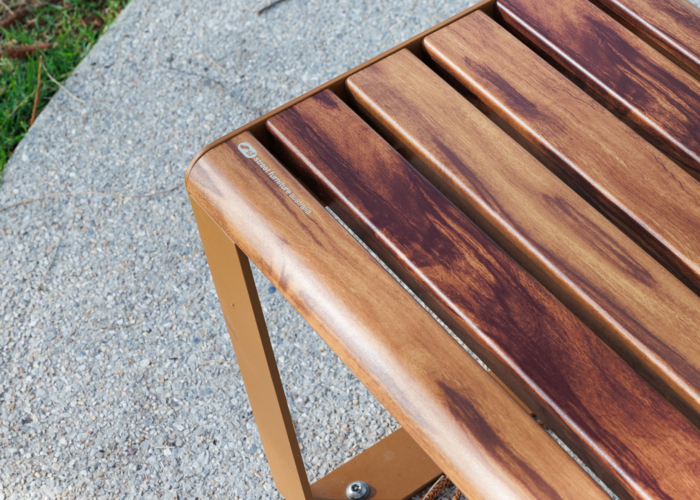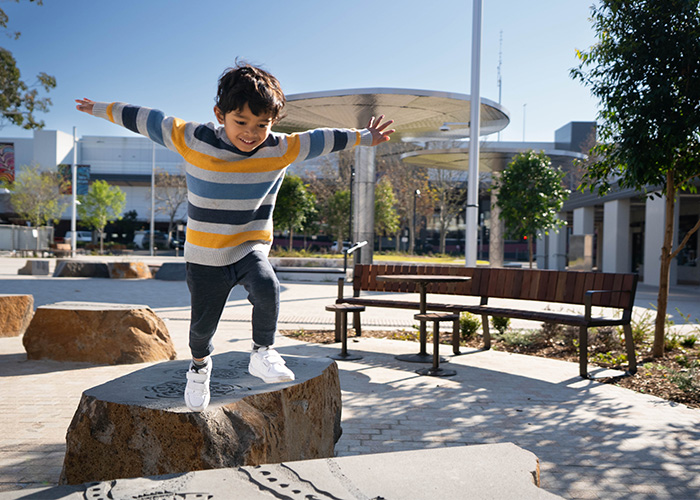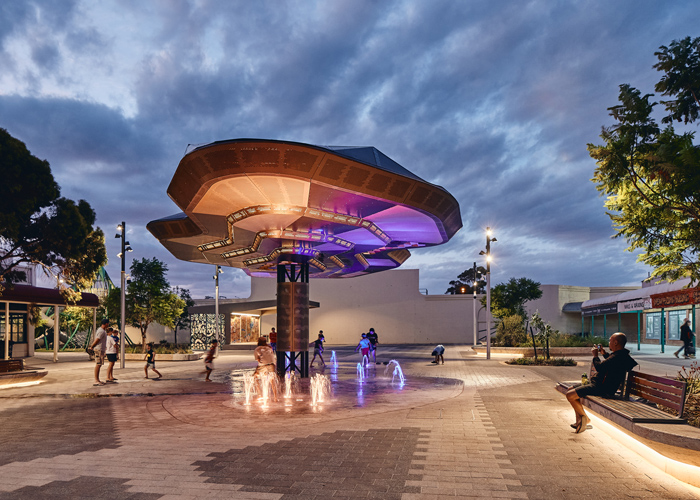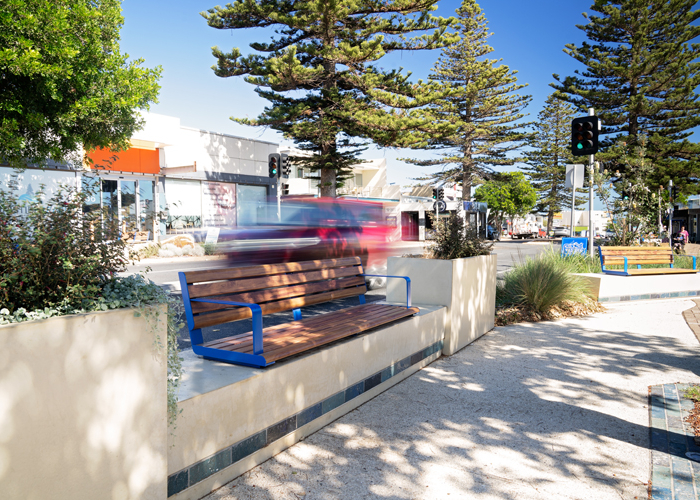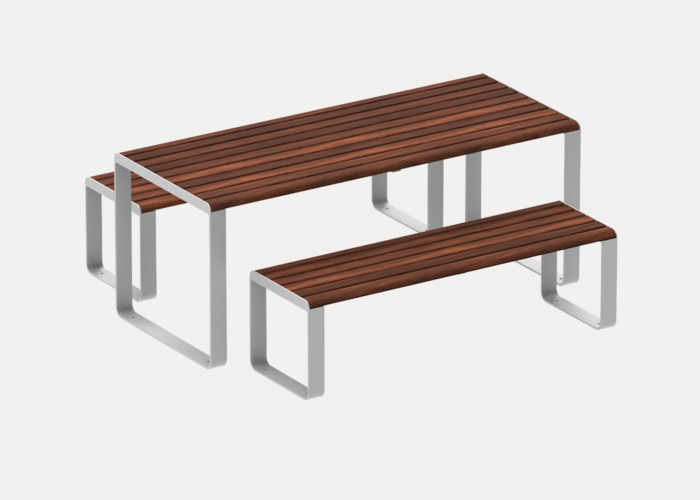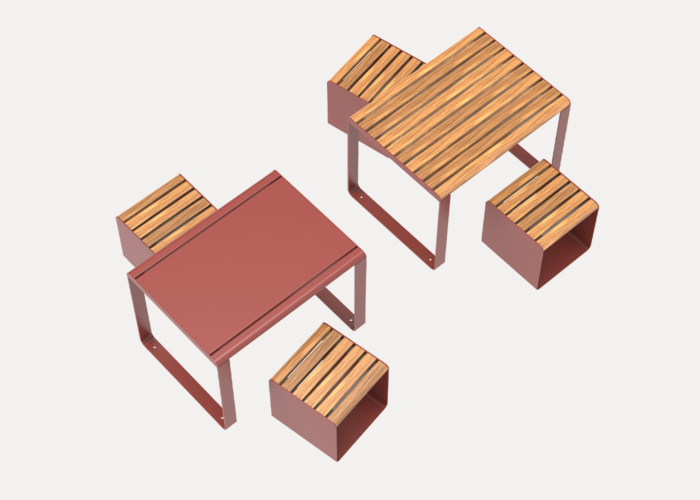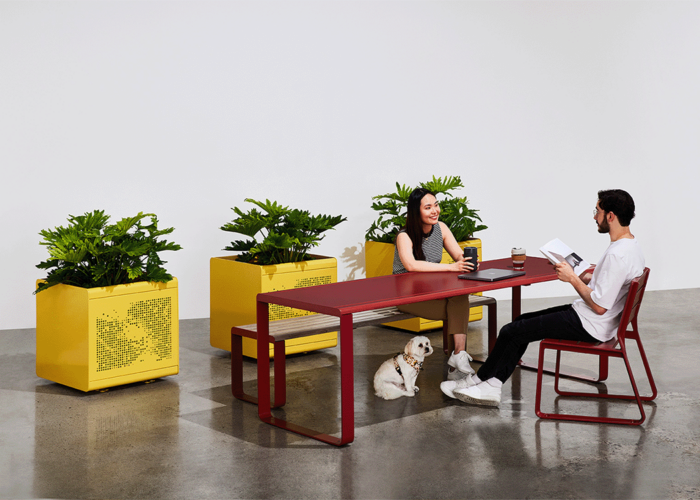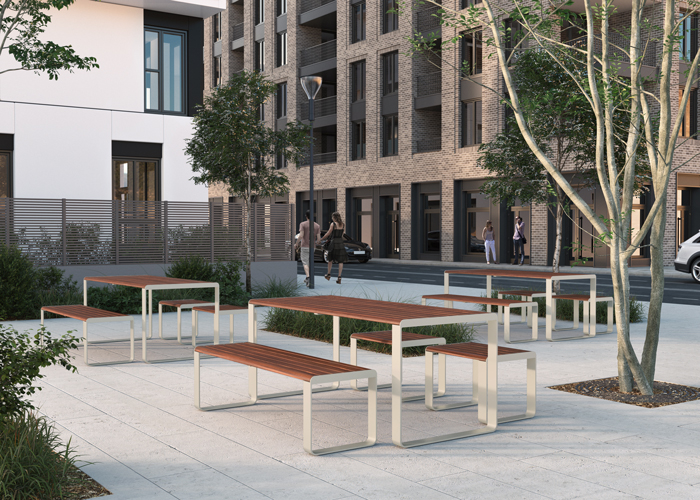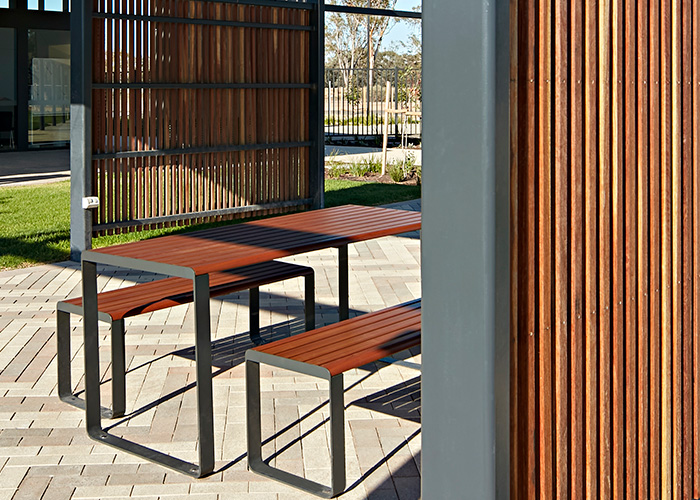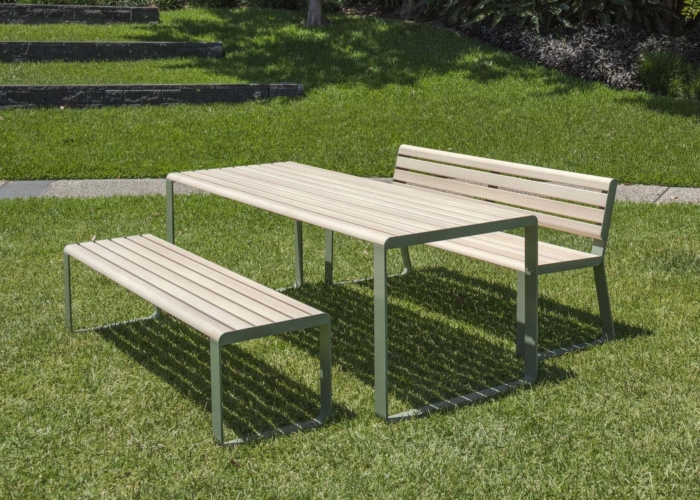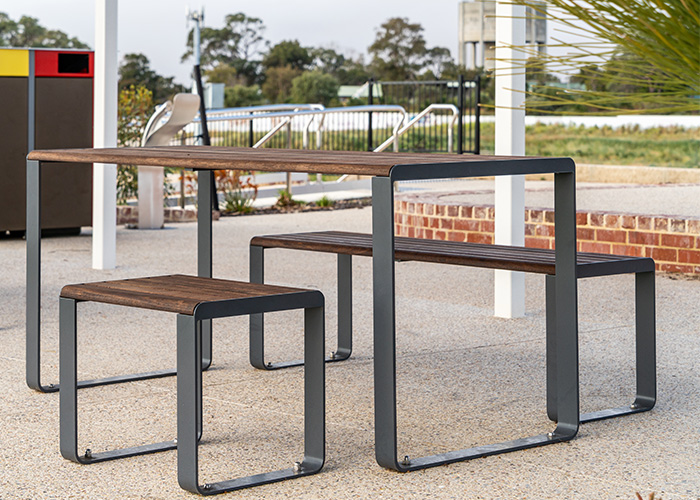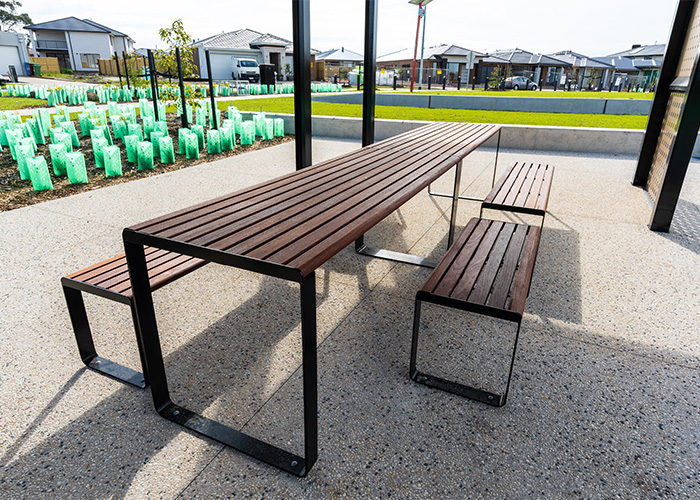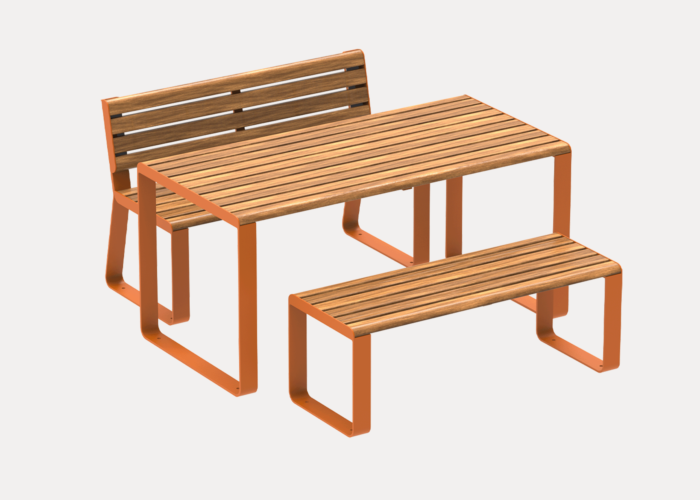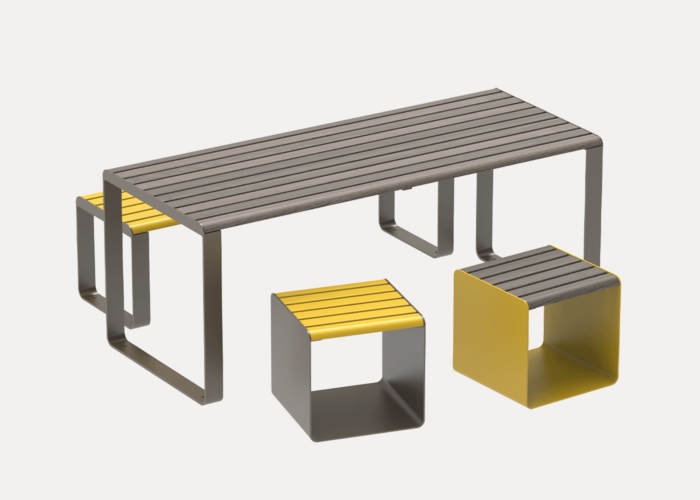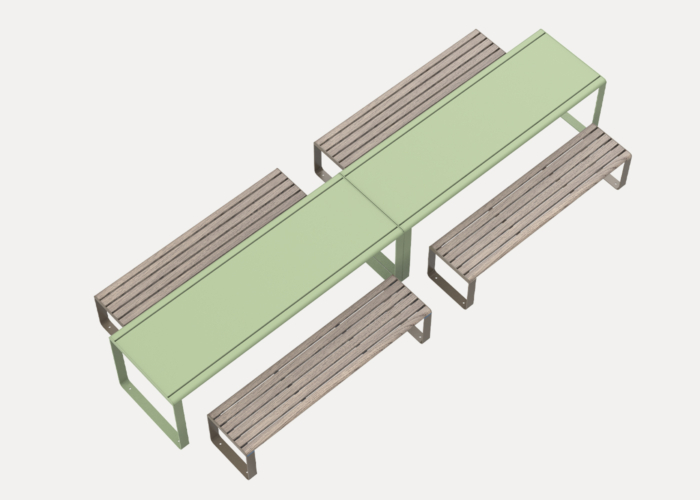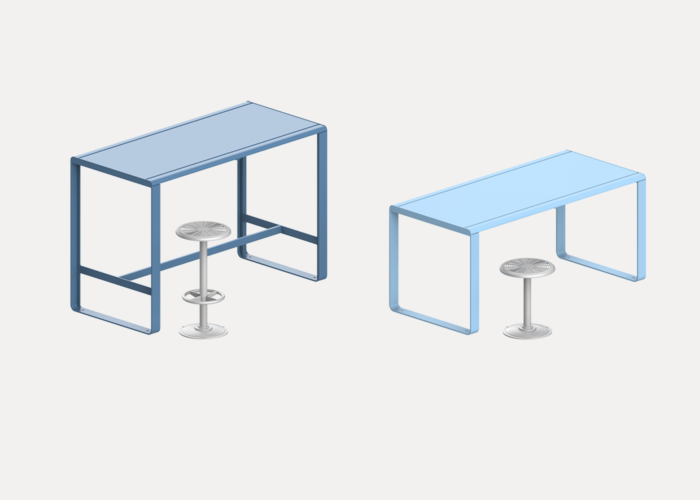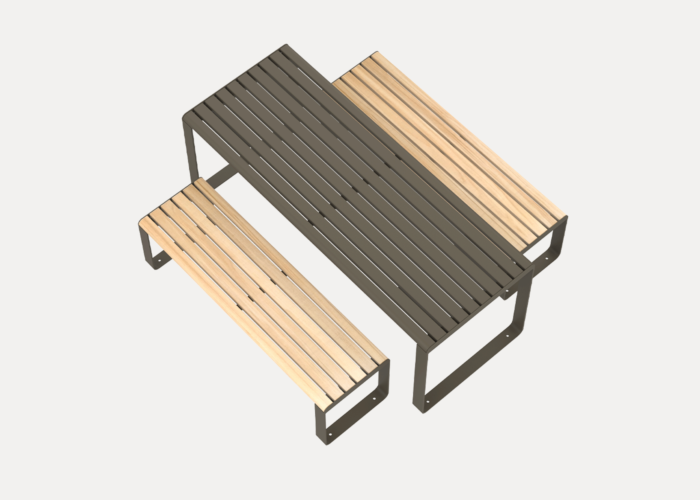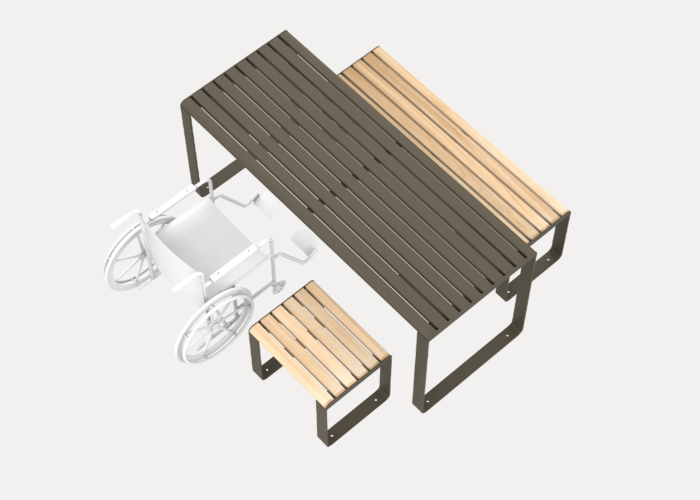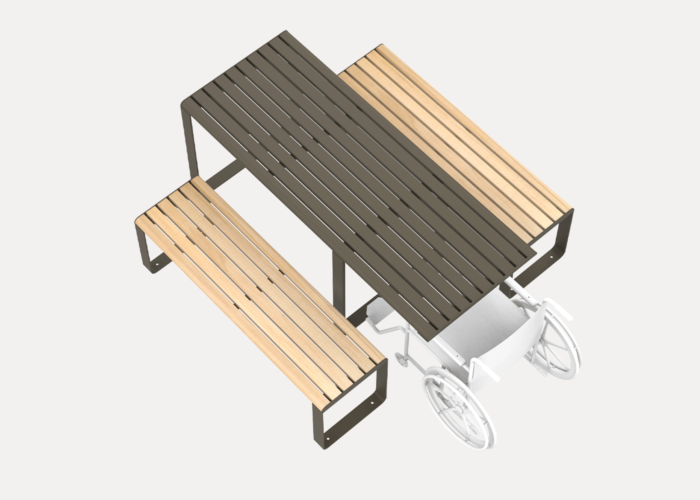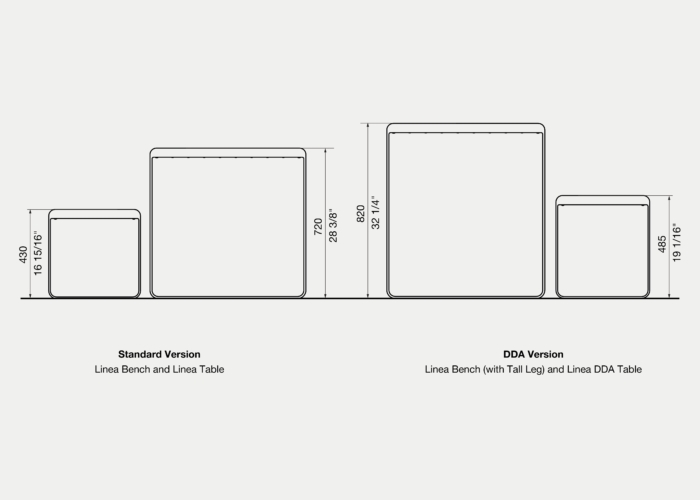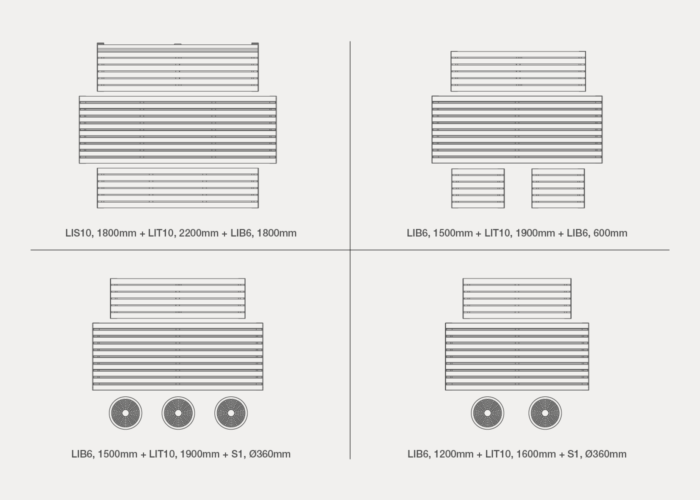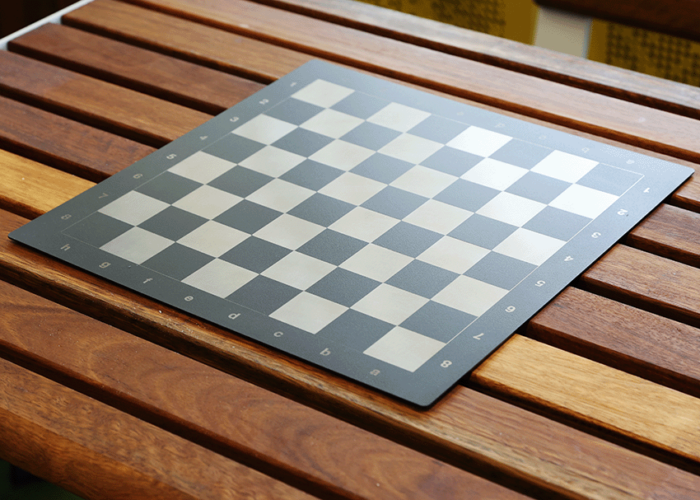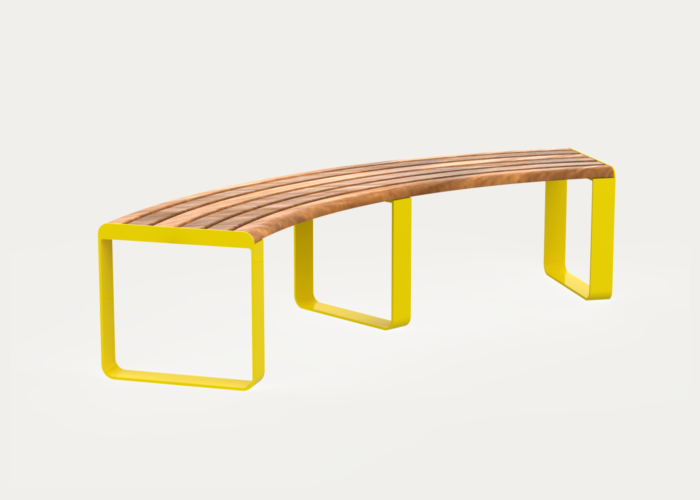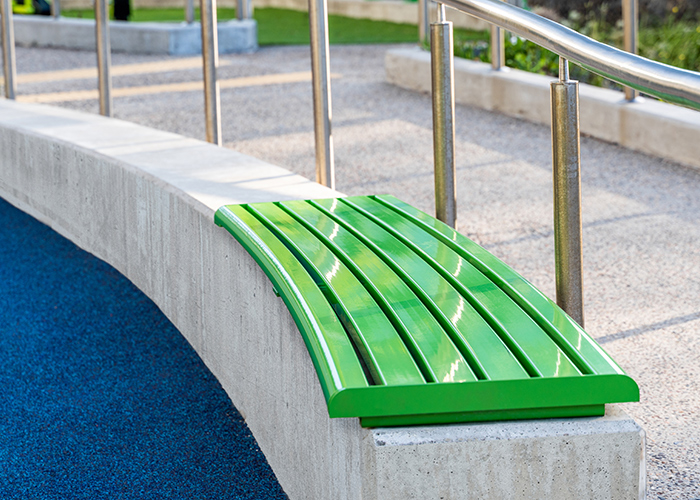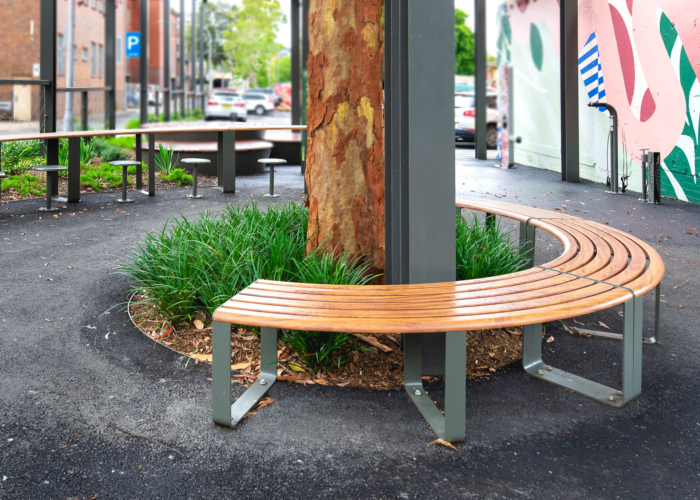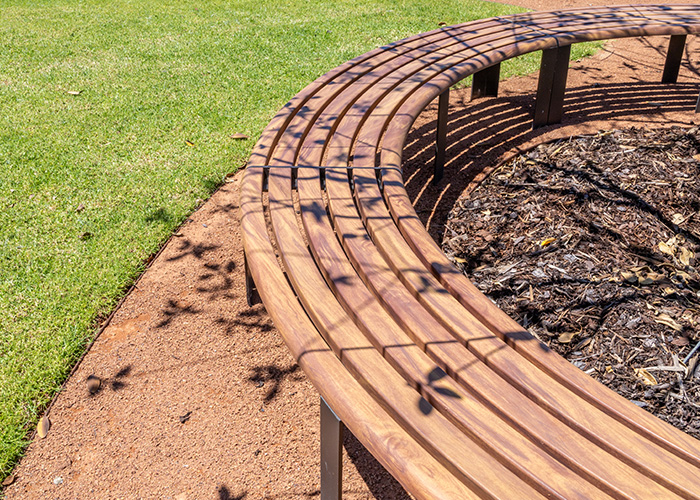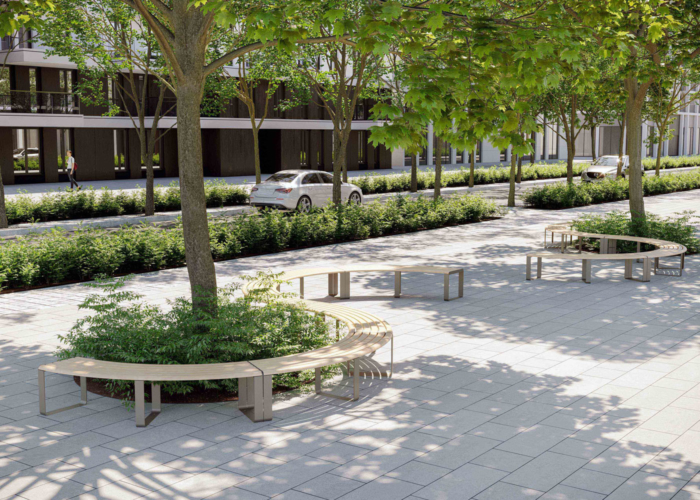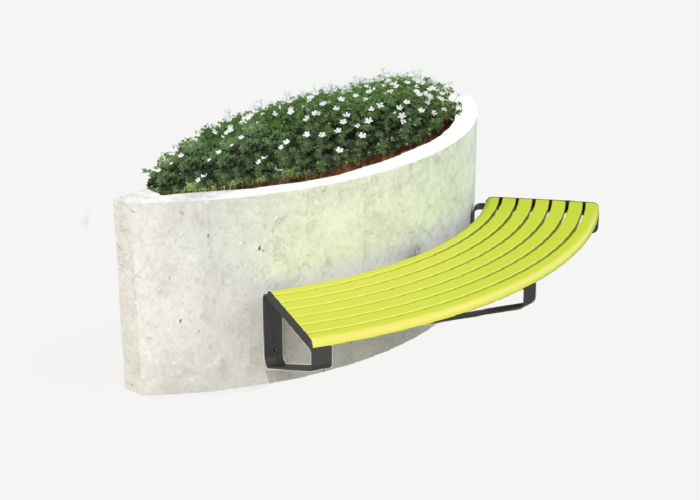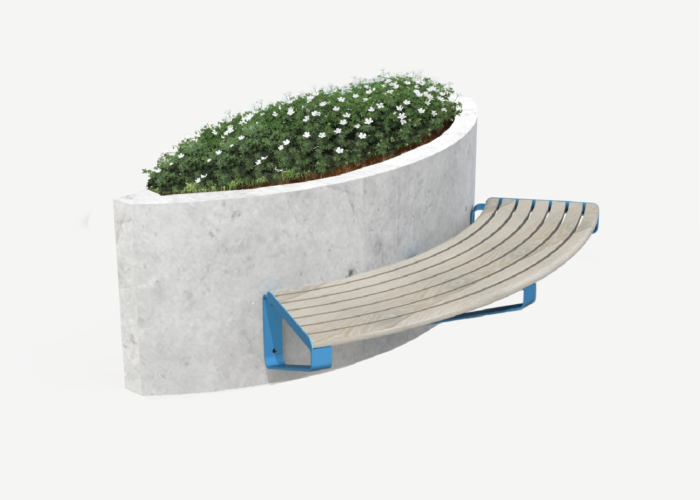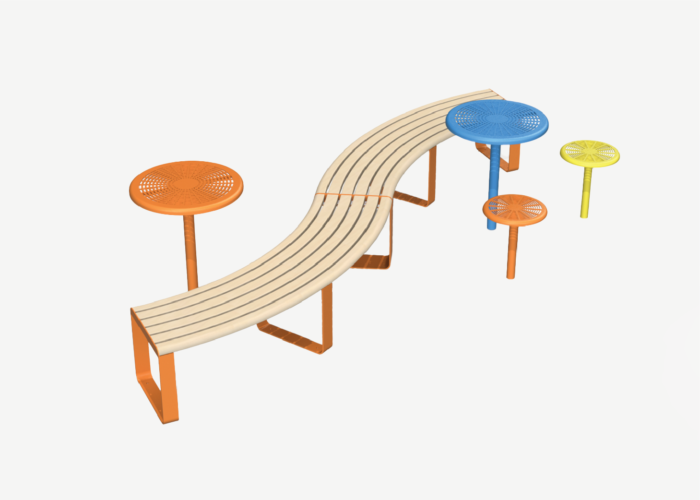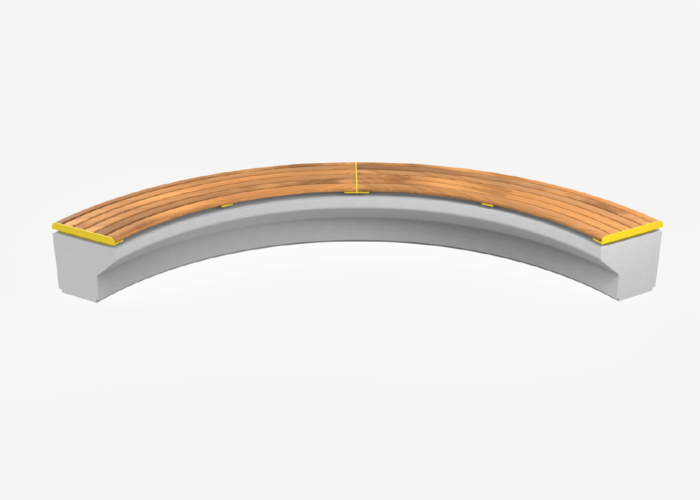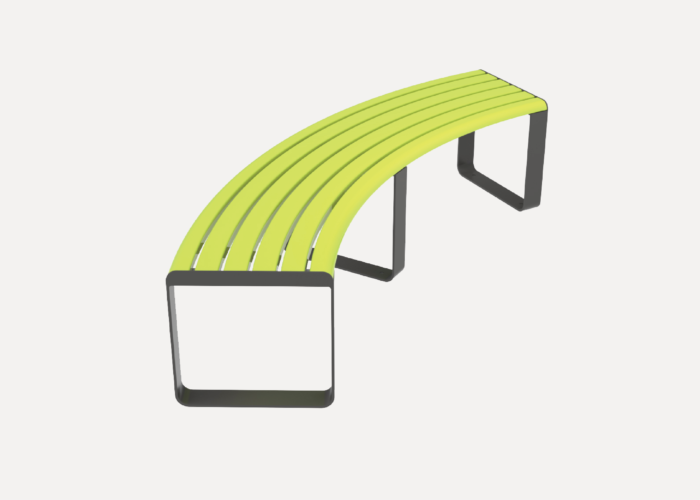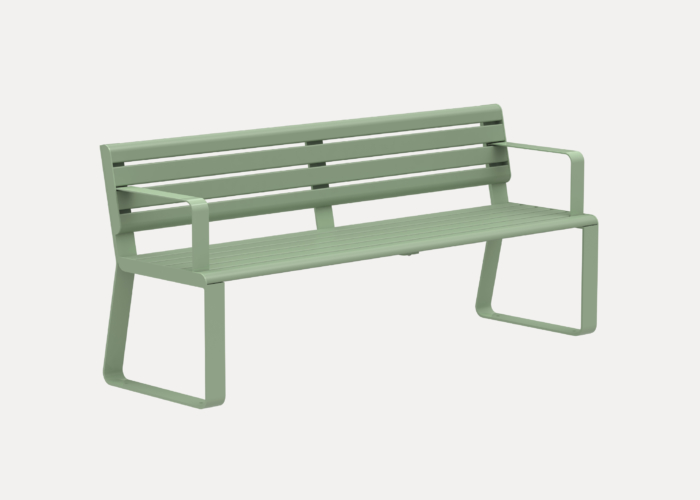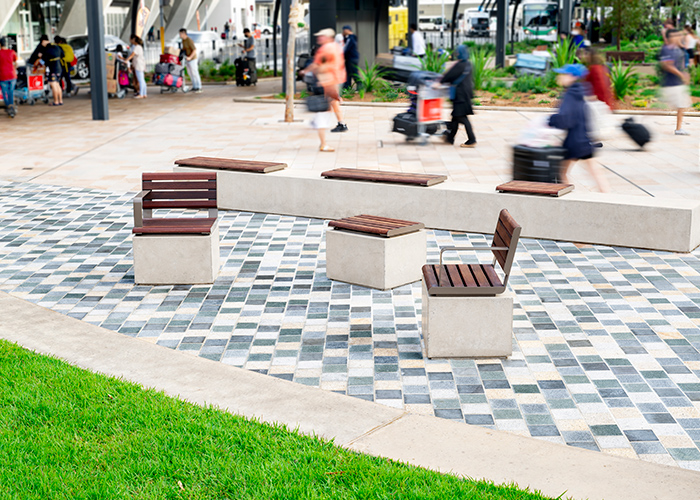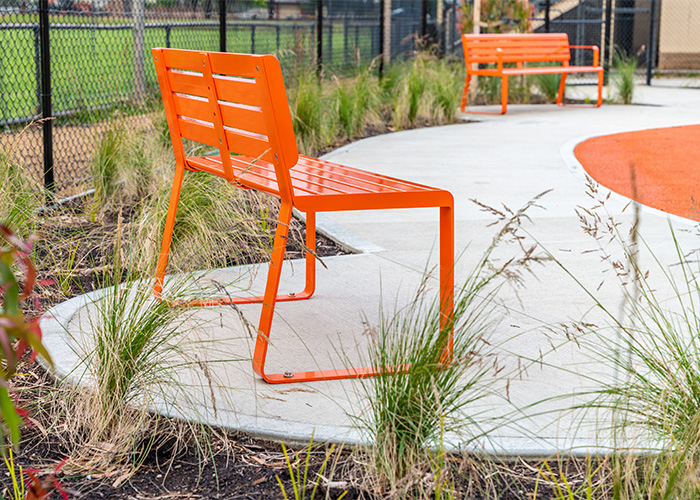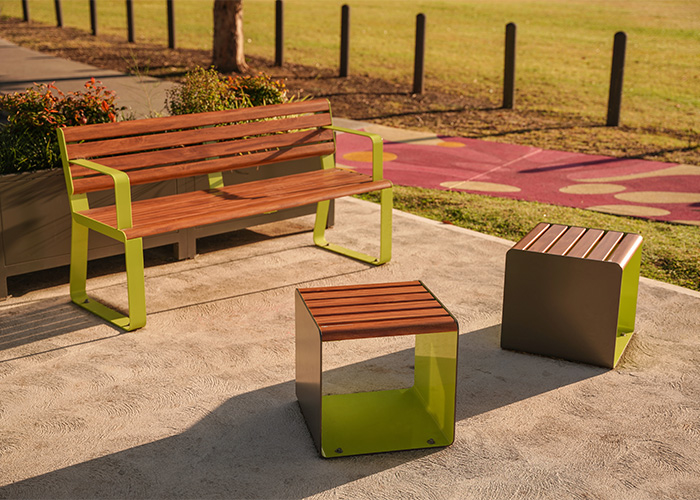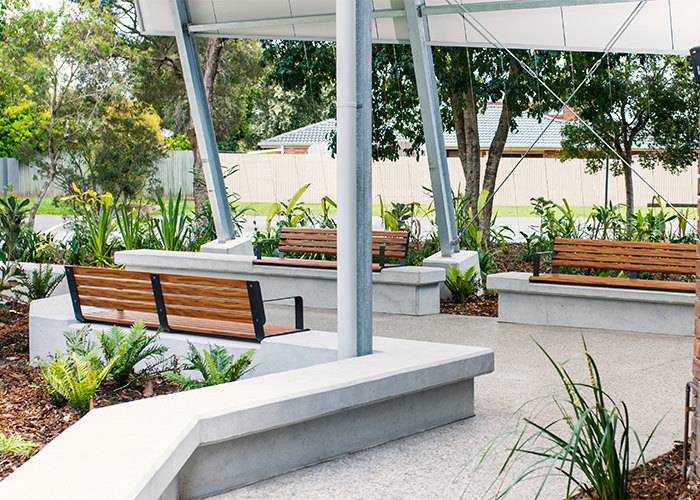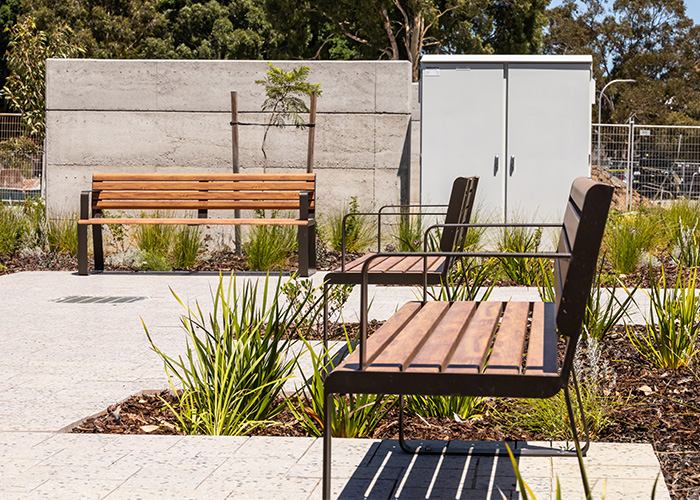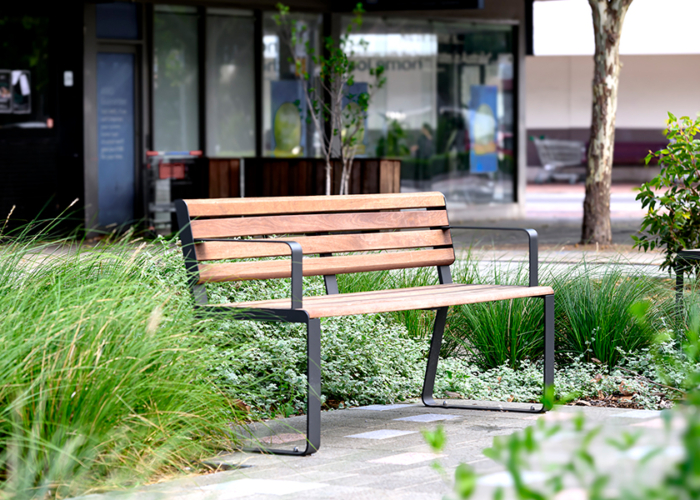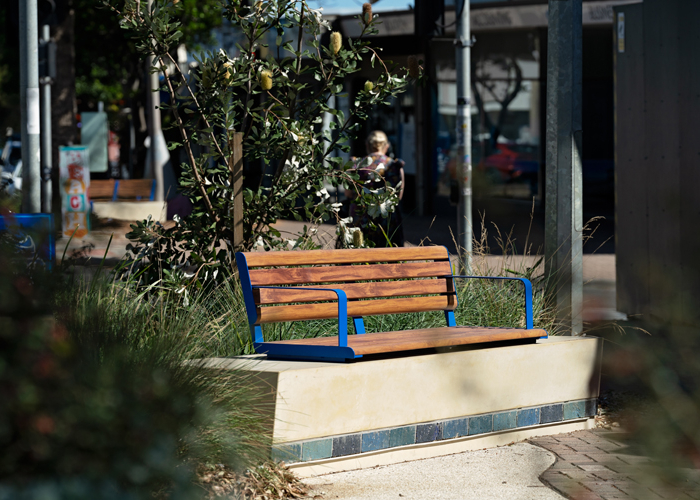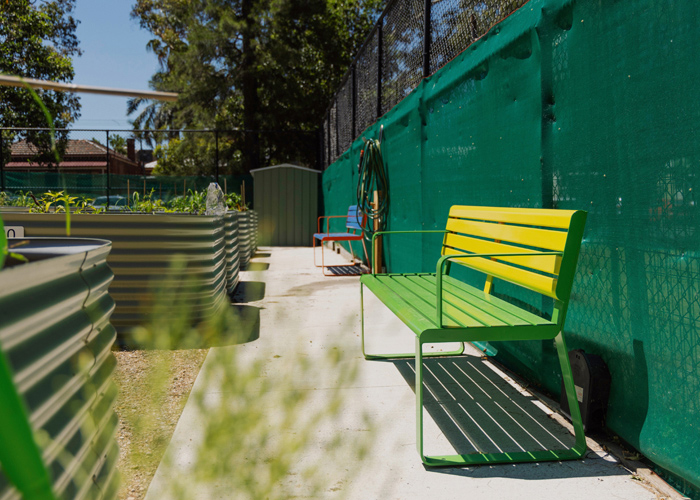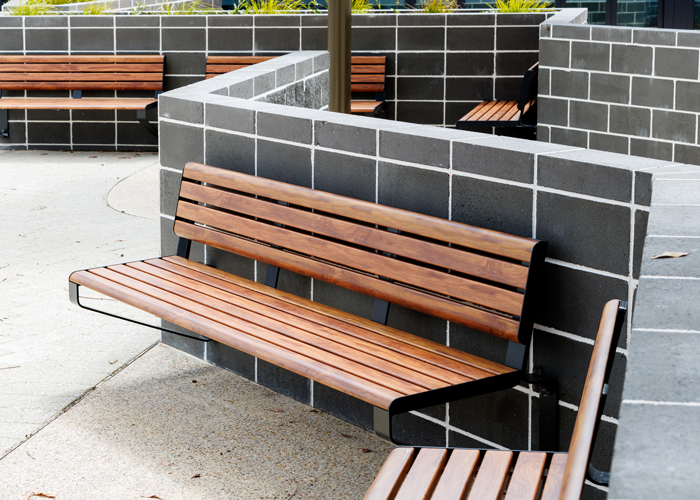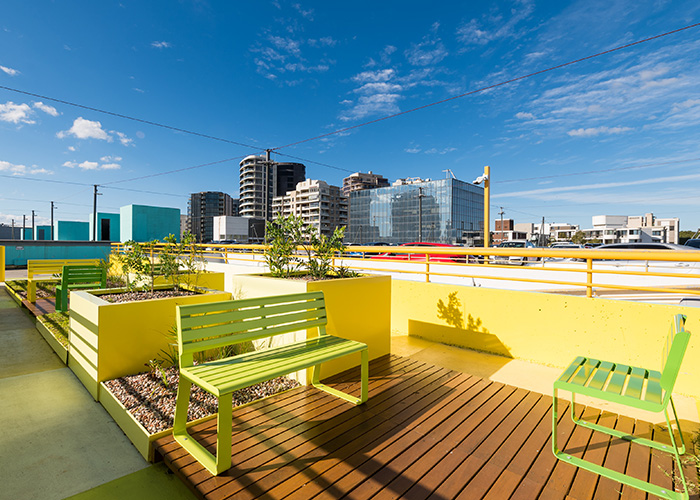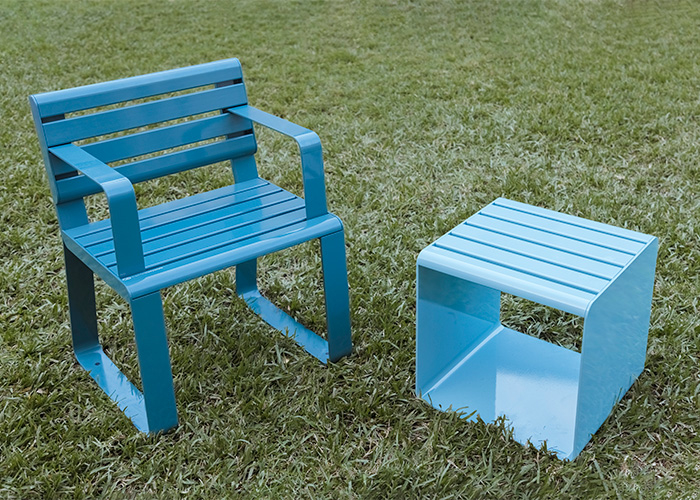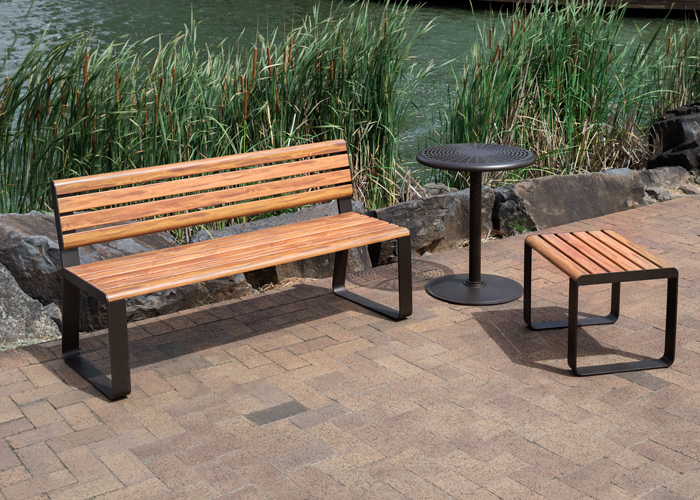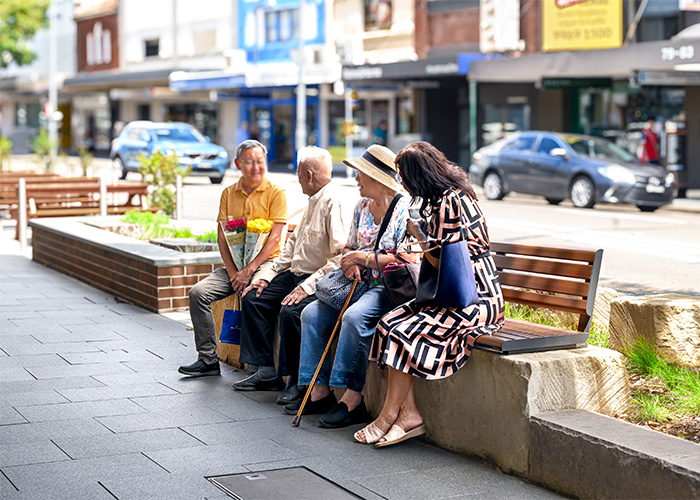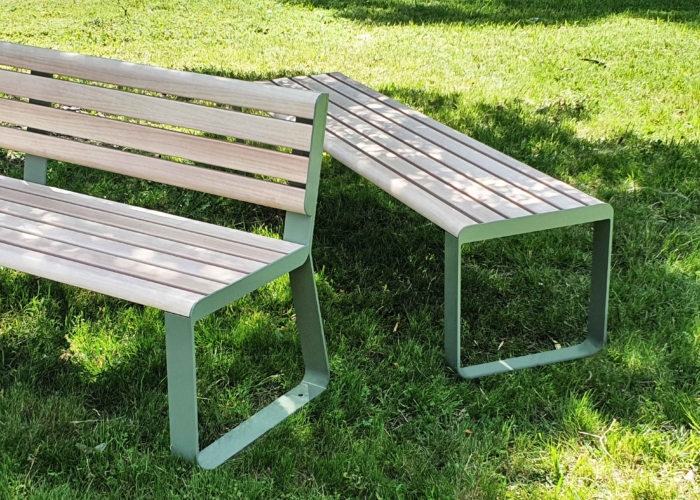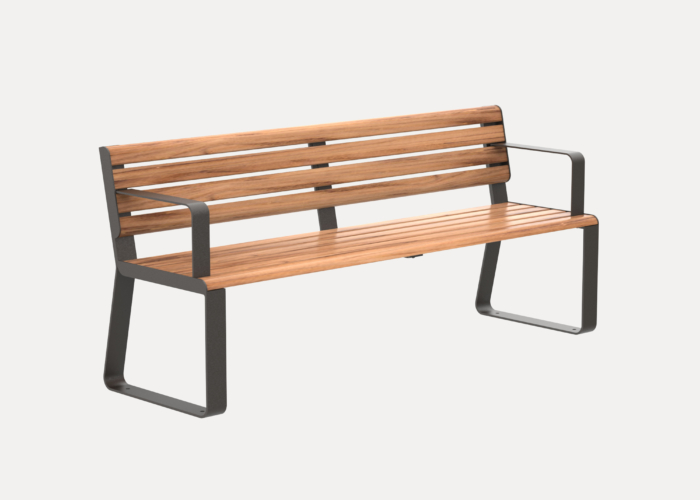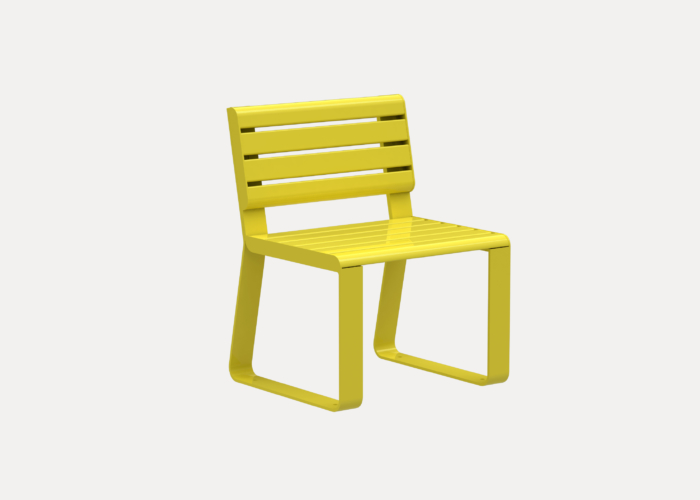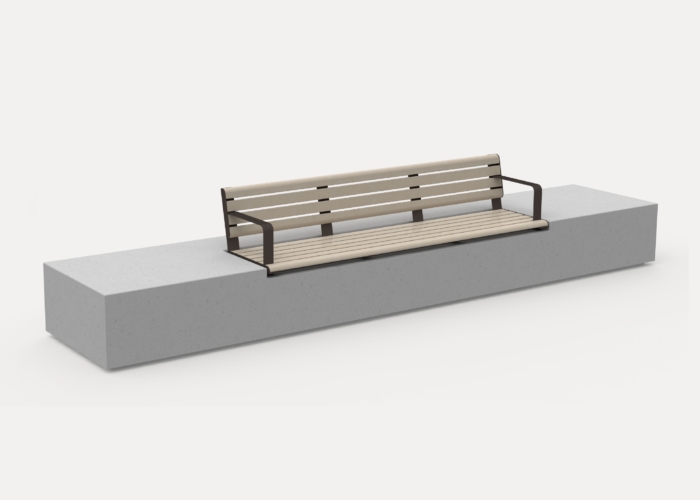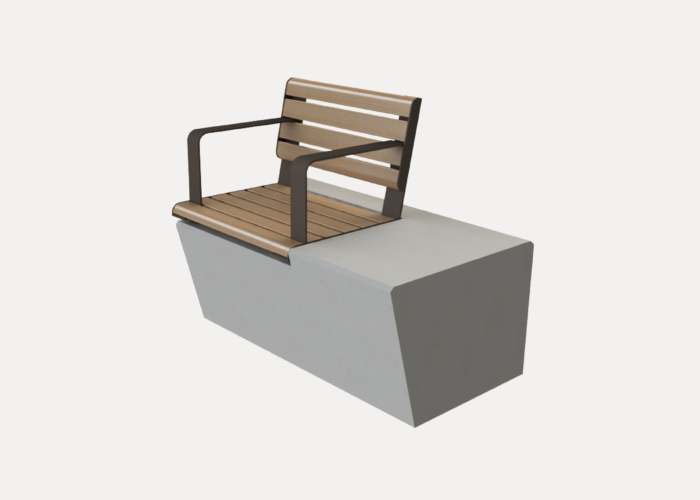Josh Byrne & Associates has revitalised Mandurah’s eastern waterfront – known traditionally as Djeridjanup, meaning “the happy place” – for the City of Mandurah in regional Western Australia.
The redevelopment is key to the Mandurah Waterfront Project, guided by a masterplan that reimagines the community’s relationship with its iconic waterways.
“The Mandurah Eastern Foreshore had become tired, and antisocial elements were impacting the site’s appeal. The City had a vision to reinvigorate this community meeting place … we wanted to provide greater connection to the water, and to acknowledge and celebrate the stories of the foreshore,” said Paul Verity, Design Director, Josh Byrne & Associates.
Mandurah’s identity has long been shaped by its estuarine landscapes: the Bindjareb Noongar people have lived here for more than 40,000 years, maintaining a continuous connection to Country.
“The koolyanga, or swamp casuarina, grows along the rivers where the water is more salty. Our wise ancestors named the koolyanga the same name for children, which is koolaangka. The name for river is bilya, which means umbilical cord. The cultural understanding is that the children grow next to the umbilical cord which sustains life.” – George Walley, Mandurah Waterfront Project, The stories that define this boodja, this place.
The site is also known for its rich fishing history, is a popular spot for recreational fishing and annually hosts more than 100,000 visitors for Mandurah’s ‘Crab Fest.’
Josh Byrne & Associates led a design process to collaborate with Traditional Owners, local residents, businesses and visitors, in creating a shared vision for an inclusive, resilient and culturally rich public space.
Key to the design is a flexible and activated central thoroughfare, which includes space for community events and everyday gathering. Access to the water has been improved, with new pedestrian and micro-mobility routes making the foreshore easier to navigate.
Places to rest are amply provided, including specification of Linea seats, plinth-fixed benches and tailored curved benches, and picnic settings.
Local heritage is reflected in the furniture colour palette, said Verity: “Research into the commercial fishing industry and local cannery revealed that traditionally, the white nets were tanned with Red Gum from Corymbia calophylla to preserve the cotton and better camouflage it. We referenced this method in the selection of ‘Textura Russet’ seat frames, echoing the rich, earthy tones of the treated nets. While the ‘Aluminium Spotted Gum’ battens provide a warm, low-maintenance finish that complements the estuarine setting.
“The picnic tables are grouped under shade structures to cater for larger gatherings, while bench seats and plinths along the promenade and foreshore provide the opportunity to stop, rest and take in views across the Inlet,” he said.
Linea’s durability, stainless steel construction and coastal performance make it ideal for the site, to last the community for years to come.
